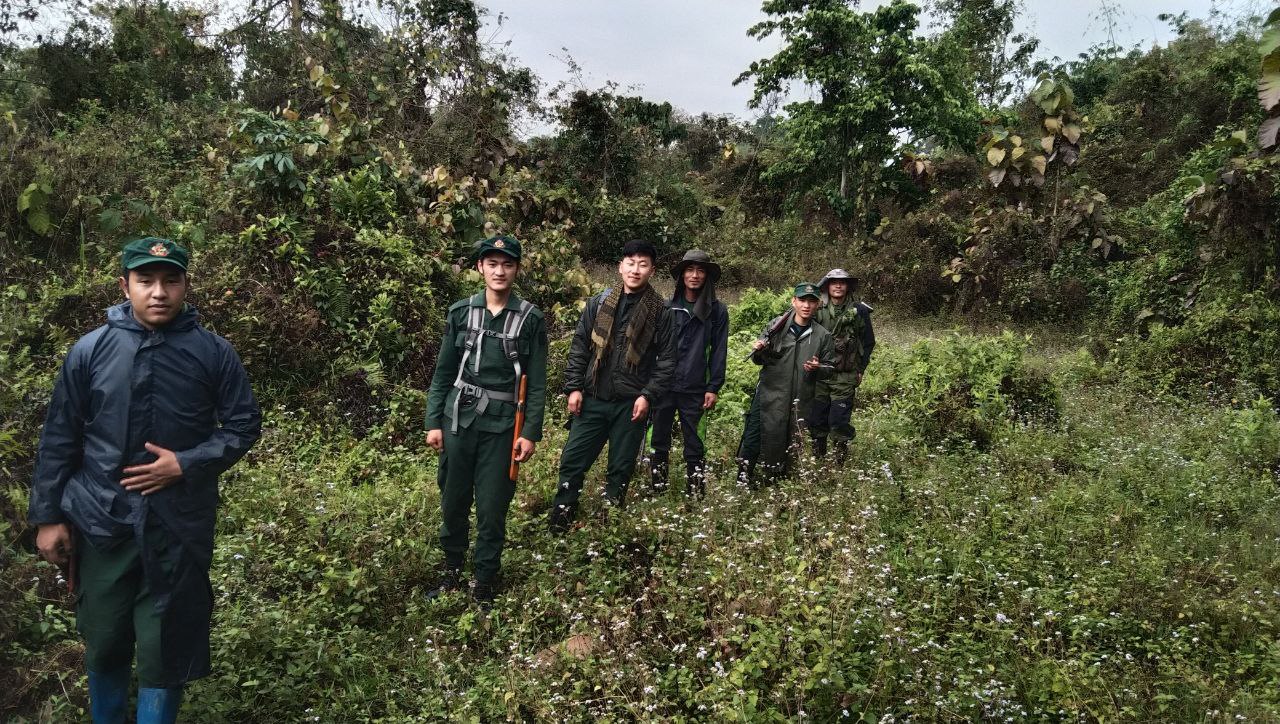UNORCAC and its Women’s Central Committee organize annual food festivals to reconnect communities with ancestral culinary traditions, promote the use of native crops, and enhance the market appeal of agrobiodiversity-based products. These events feature the preparation and sharing of traditional dishes made with local maize, tubers, herbs, and wild fruits, often linked to the agricultural calendar and Indigenous celebrations like Pawkar Raymi or Koya Raymi.
Farmers, women leaders, and youth co-develop menus, displays, and tasting booths that showcase underutilized crops and recipes. Exhibits often include Chicha de Jora, medicinal teas, and dishes made from mellocos, oca, or mortiño. These festivals are intergenerational, involving local schools, cultural groups, and tourism initiatives, helping to increase awareness, cultural pride, and consumer demand for native products.
By merging culture and commerce, the events position local crops as valuable and healthy, supporting both food sovereignty and livelihoods. They also complement other marketing strategies, such as the community fair La Pachamama Nos Alimenta (Mother Earth feeds us).
Blending cultural heritage with commercial opportunities has proven effective in building community pride and food sovereignty. Farmers are more likely to cultivate native crops when they see them valued in public events and markets. Food festivals serve as platforms to educate consumers and youth on nutritional, cultural, and ecological benefits of agrobiodiversity.
However, long-term impact depends on consistent marketing support, media coverage, and logistics coordination. One challenge is ensuring diverse participation and maintaining product quality and hygiene at events. Replication requires early engagement of local cooks, producers, schools, and promotional partners, and investment in storytelling around ancestral recipes to enhance product appeal.
